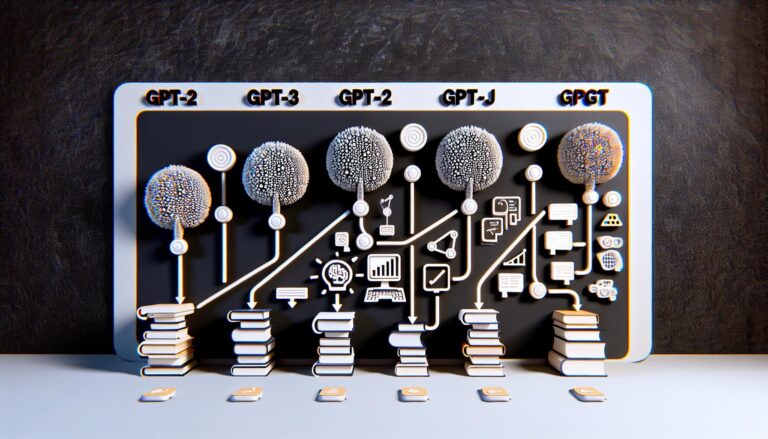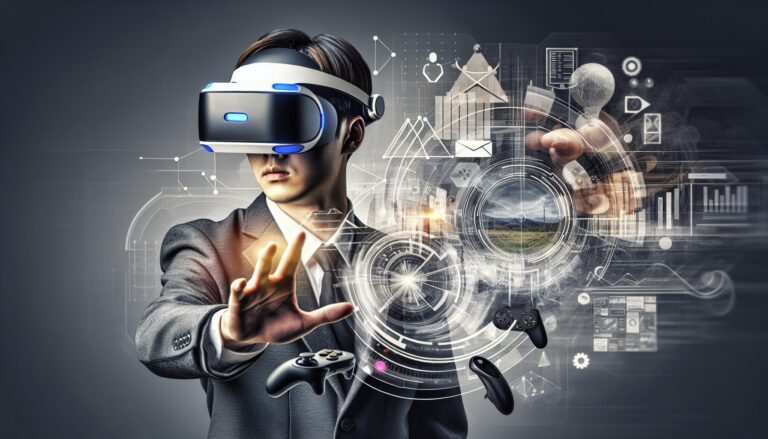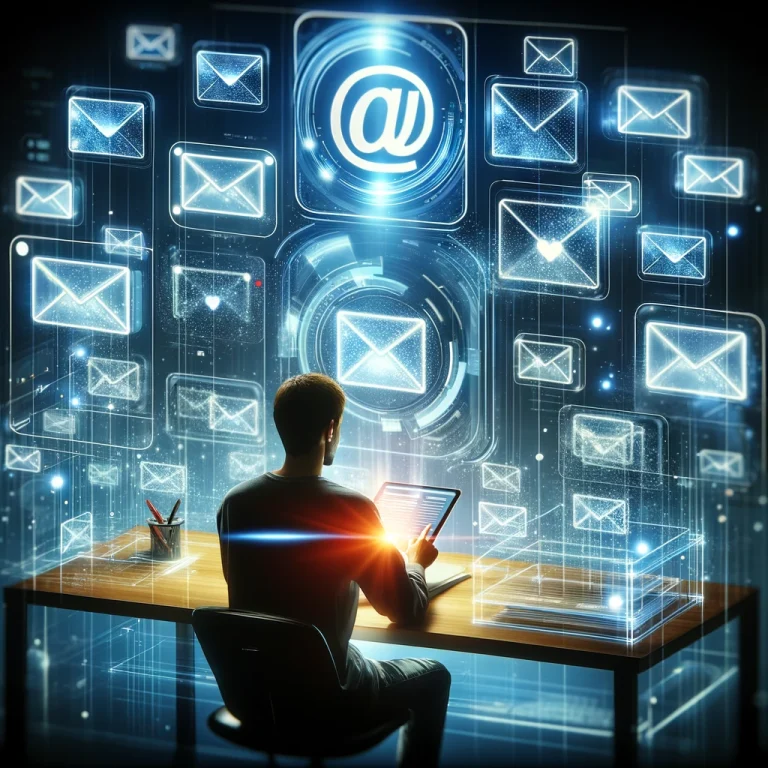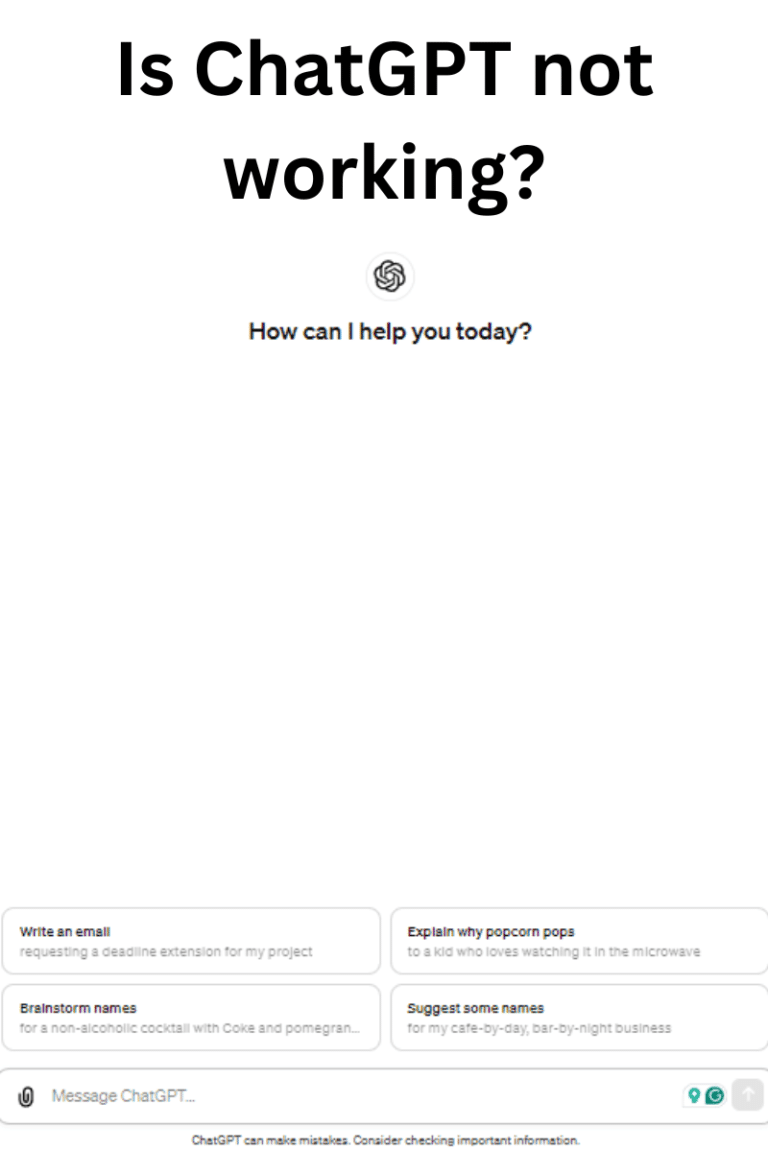Unraveling the Truth: Does Chat GPT Really Commit Plagiarism?
Last Updated on February 25, 2024 by Alex Rutherford
In the world of AI, there’s a hot topic that’s been making rounds – does chat GPT plagiarize? As an expert in the field, I’ve delved deep into this matter.
Chat GPT, developed by OpenAI, is a revolutionary technology that’s been turning heads. It’s an AI model designed to generate human-like text based on the prompts given to it. But, with its uncanny ability to produce comprehensive and relevant content, it’s raised some eyebrows.
The question is, does it really plagiarize? Or is it just so advanced that it’s hard for us to believe it’s not copying from somewhere? Let’s dive in and explore this fascinating subject.
Key Takeaways
- Chat GPT, developed by OpenAI, is an AI model that generates human-like text, raising discussions on whether it plagiarizes due to its ability to produce eerily similar content to its training data.
- Chat GPT utilizes a vast array of texts found on the internet for its training, making it capable of creating comprehensive and relevant content but not having the ability to access any specific documents or sources.
- Plagiarism in AI isn’t clear-cut, as AI systems like Chat GPT generate text based on patterns and structures picked up during training without any intentional ability to plagiarize.
- Concerns about plagiarism with AI technologies stem from the methods these systems build their responses, often leading to generated text closely resembling the original content and raising ethical and legal inquiries.
- Chat GPT’s potential to create content resembling existing work raises questions on intellectual property rights and plagiarism in professional or academic settings.
- Despite AI’s lack of conscious intent, there’s a need to pursue ongoing conversations around AI ethics and legal considerations, alongside reassessing traditional views around plagiarism and copyright in the context of AI-generated content.
- Can Turnitin detect Chat GPT – can schools detect chat GPT – Chat AI.
Exploring Chat GPT Technology
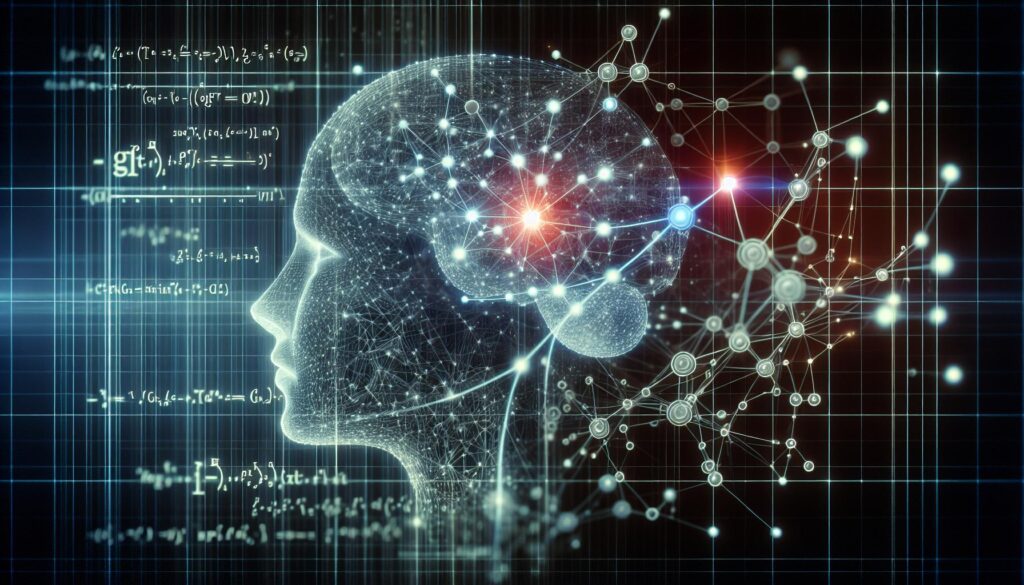
Developed by OpenAI, Chat GPT technology caught my attention due to its advanced text generation capability. It’s based on a model known as GPT-3, one of the most potent AI tools in the world today.
GPT-3, short for Generative Pretrained Transformer 3, leverages machine learning algorithms to produce text that’s amazingly similar to those written by humans. The goal isn’t just to create any text but to generate relevant and comprehensive content based on specific prompts.
Let’s dig a little deeper. What’s unique about Chat GPT is its training process. It doesn’t learn from one or two documents but from a broad array of texts found on the internet. It essentially mimics the human process of learning language but with a vast repository of data. Thus, it’s not hard to imagine how such a program might start to produce content eerily similar to what it has encountered during its training.
When it comes to its ability to generate human-like text, let’s look at some numbers. The Chat GPT technology continuously evolves, improving its language processing skills over time. As a result, the quality of text generated by GPT-3 is high, but just how high? Based on OpenAI’s quality scoring, GPT-3 exhibits language comprehension and generation skills that surpass many AI competitors:
| AI Model | Quality Score |
|---|---|
| GPT-3 | 3.8 |
| GPT-2 | 3.2 |
| Watson IBM | 2.5 |
As we can see, Chat GPT’s ability isn’t a coincidence but a testament to the power of its underlying technology. It’s an impressive feat, causing both praise and concern in the AI community.
PowerBrain AI Chat App powered by ChatGPT & GPT-4
Download iOS: AI Chat
Download Android: AI Chat
Read more on our post about ChatGPT Apps
Understanding Plagiarism in AI
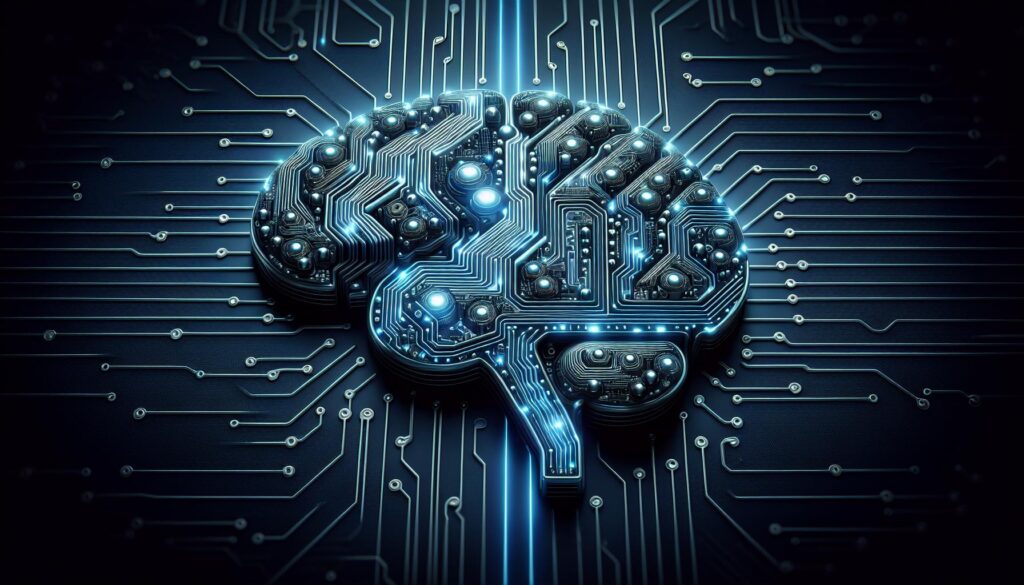
It’s no secret that AI technologies such as Chat GPT have been making waves in the way we generate and consume information. As these tech advancements continue, it’s important to consider the ethical implications that come with them – the most prominent among these is plagiarism.
You might be thinking, “Can an AI plagiarize?” This isn’t your typical copy-and-paste scenario. With AI, we’re dealing with systems that are trained on vast amounts of data from the internet. Similar to how a human would learn, AIs soak up information, process it, and then generate a new text that is supposed to be original. So, can AI, such as Chat GPT, really plagiarize? The answer isn’t as clear-cut as we’d hope.
To tackle this rather nebulous issue, we first need to understand what constitutes plagiarism. In the simplest terms, plagiarism is the act of using someone else’s work without due acknowledgment. It’s a black-and-white issue when humans are involved. It gets tricky, however, when we introduce AI into the mix.
As I previously mentioned, AI systems like Chat GPT are designed to learn from an extensive array of internet text. It’s important to note that Chat GPT doesn’t have the ability to access any specific documents or sources. The model is, in essence, blindly writing based on patterns and structures it has picked up during its training phase. It does not have any intentional ability to plagiarize.
By human standards, any text generated by Chat GPT that closely resembles an existing text could indeed be classified as plagiarism. The intention, or lack thereof, doesn’t absolve plagiarism. Nonetheless, this conventional human-focused perspective seems discordant when applied to AI. Our existing frameworks for intellectual property do not fit neatly around the dynamic, evolving world of AI-generated content.
This then raises the question, how should we handle potential plagiarism cases involving AI technologies like Chat GPT? This isn’t an easy question to answer and certainly demands a broader, more nuanced conversation.
Factors Fueling Plagiarism Concerns
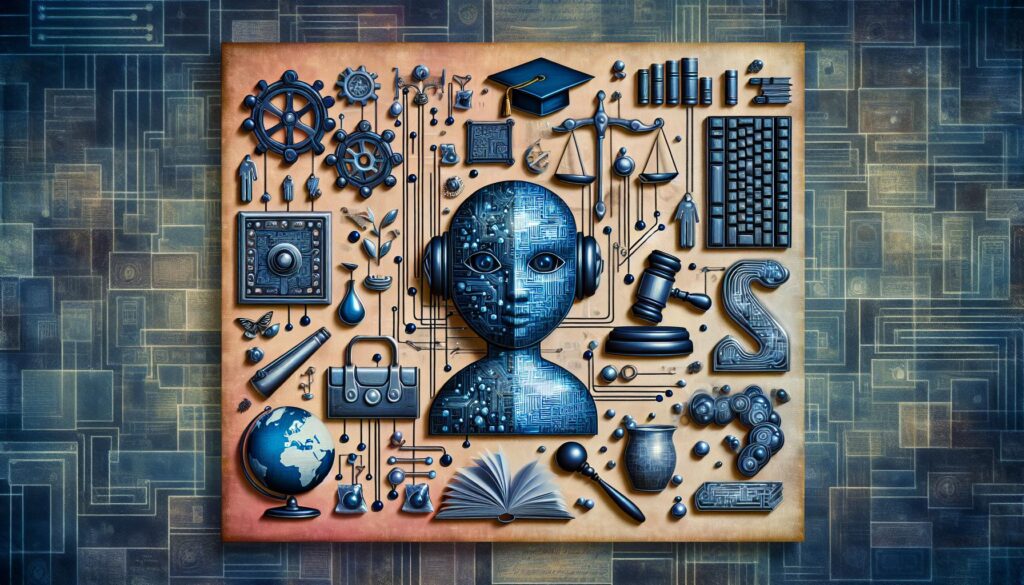
Plagiarism concerns linked to AI technologies, such as Chat GPT, primarily emerge from the method these systems employ to build their responses. Chat GPT’s responses are derived from vast amounts of data it has been trained on, data that includes public discourse on the internet like blog posts, articles, papers, etc. This leads to some generated text closely resembling the original content in certain instances. This process blurs the line between creative generation and content appropriation, thus stirring up the plagiarism debate.
Next up are the ethical and legal concerns. With AI systems such as Chat GPT, it’s the technology itself – devoid of human intent or moral agency – that’s generating the content. Can an AI system truly be held accountable for plagiarizing without the element of intention or knowledge that typically characterizes human plagiarism? This question dislodges us from the comfort of our traditional definitions and perspectives on plagiarism.
Another point to consider is the difficulty in tracking the origins of the content generated by AI. Given the immense amounts of data these AI systems are trained on, tracing the source of every snippet of text generated might be an unrealistic task. This presents an understanding challenge in terms of determining the true extent of AI’s potential to plagiarize.
Thus, while it’s not inherently wrong to base responses on pre-existing data, the concern lies in their potential resemblance to originally published materials. This creates a potential for misuse in academic or professional spheres, where original work is highly valued. These factors together infuse the discourse around AI and plagiarism with a high degree of complexity, leading to the need for an evolved understanding and enhanced evaluation criteria to assess plagiarism in AI-generated content.
Analyzing Chat GPT’s Text Generation
Chat GPT is governed by fascinating yet complex machinery. Its text generation abilities rely on a model trained on a massive dataset encompassing vast online content. The AI isn’t privy to specific sources of this data and operates within set parameters and programming to create content that’s seemingly fresh and original. However, tracing back these origins is a daunting task due to the enormity of this training data.
It’s essential to understand that Chat GPT isn’t created with a conscious mind, so plagiarism, as we understand it— a deliberate act- isn’t directly applicable. It learns and creates based on the patterns, context, and syntax in its training data. Its underlying programming doesn’t extend or account for intent; the system simply processes and generates output in accordance with its training.
Yet, Chat GPT’s response resonates with existing content and does have considerable implications. It underscores the need for a reevaluation of our understanding of AI-generated outputs and their implications regarding intellectual property rights and plagiarism.
While AI doesn’t mechanically copy or plagiarize content, the resulting output can closely resemble content within its database. In a professional or academic setting, where plagiarism is a grave concern, AI-generated content can be problematic. Consequently, there is a daunting puzzle around AI and plagiarism that requires novel approaches and more sophisticated tools to decipher.
However, we should be aware of the potential misuse of AI systems like GPT. Even though the original intent of GPT isn’t to plagiarize, it can be manipulated to generate large amounts of text resembling scholarly articles or reports, instigating ethical queries about the use of Chat GPT and its generated content. Navigating these circumstances requires continuous dialogue around AI ethics, the nature of creativity, and the legal considerations of AI’s hand in content creation.
Addressing the Plagiarism Debate
The Plagiarism Debate surrounding AI, specifically Chat GPT, is indisputably a convoluted affair. Let’s delve deeper into this matter, aiming to draw out some clarity.
Starting off, it’s pertinent to establish that the AI doesn’t harbor any concept of “conscious intent”. In other words, the AI isn’t “aware” of its training data. Therefore, the argument that Chat GPT plagiarizes is essentially a misinterpretation of how these models work.
Drawing parallels with academic scenarios, let’s take a student writing an essay. In such situations, the student’s obligation is to cite any direct quotations or ideas from existing materials. However, when it comes to AI, this notion becomes substantially complex. The end product isn’t the result of the AI picking, choosing, or consciously being aware of specific sources it has utilized—rather, it is a culmination of numerous intricate interactions within its deep learning algorithms.
Intellectual property rights and plagiarism implications
Next, addressing concerns of intellectual property rights and plagiarism implications, it’s crucial to remember that AI doesn’t inherently “plagiarize”—though it’s undeniable that the potential for misuse exists, especially if the outputs resemble scholarly work. Essentially, Chat GPT generates content that can occasionally reflect its vast training data, leading some to perceive this as unintentional plagiarism.
In an effort to strain these concerns, there have been propositions for steps like making AI model training data more transparent. However, this doesn’t necessarily provide a foolproof resolution, given the sheer scale and variety of data these models are trained on.
As we continue to navigate this uncharted territory, it’s clear that our traditional views around plagiarism, content generation, and copyright need a thorough reassessment. Diving into these intricate matters, we better equip ourselves to address the collision of AI and intellectual property head-on.
Conclusion
So, does Chat GPT plagiarize? It’s clear that the answer isn’t as straightforward as it might seem. While the AI doesn’t consciously plagiarize, there’s a grey area due to its lack of awareness of the specific sources it uses. This prompts valid concerns about intellectual property rights and unintentional plagiarism. That’s why there’s a growing call for more transparency in AI model training data. The rise of AI, like Chat GPT, is pushing us to reassess our traditional views on plagiarism, content generation, and copyright. As we navigate this new terrain, it’s crucial to keep the conversation going, explore solutions, and adapt our intellectual property norms to the evolving digital landscape.
Does AI Plagiarize?
AI, more specifically, the Chat GPT, does not technically plagiarize because it lacks conscious intent. It generates text based on a myriad of coded inputs without being consciously aware of the specific sources it uses.
What are the implications of AI’s lack of source awareness?
This brings about issues related to intellectual property rights and unintentional plagiarism. As AI does not know the exact sources it uses, the responsibility for ensuring the proper handling of intellectual property can’s be certain.
How can AI plagiarism concerns be addressed?
Proposed solutions include promoting increased transparency in AI model training data. This way, it becomes easier to trace the source of the information fed into the AI.
Are traditional views on plagiarism still relevant with AI?
Considering the unique nature of AI, traditional views on plagiarism, content generation, and copyright need reevaluation. AI’s impact on intellectual property challenges long-held norms, calling for an updated understanding of plagiarism.
Are AI-generated content considered intellectual property?
The debate is still ongoing. As AI does not possess conscious intent, its generated content doesn’t quite fit into conventional definitions of ‘intellectual property. Further dialogue on this matter is necessary.


